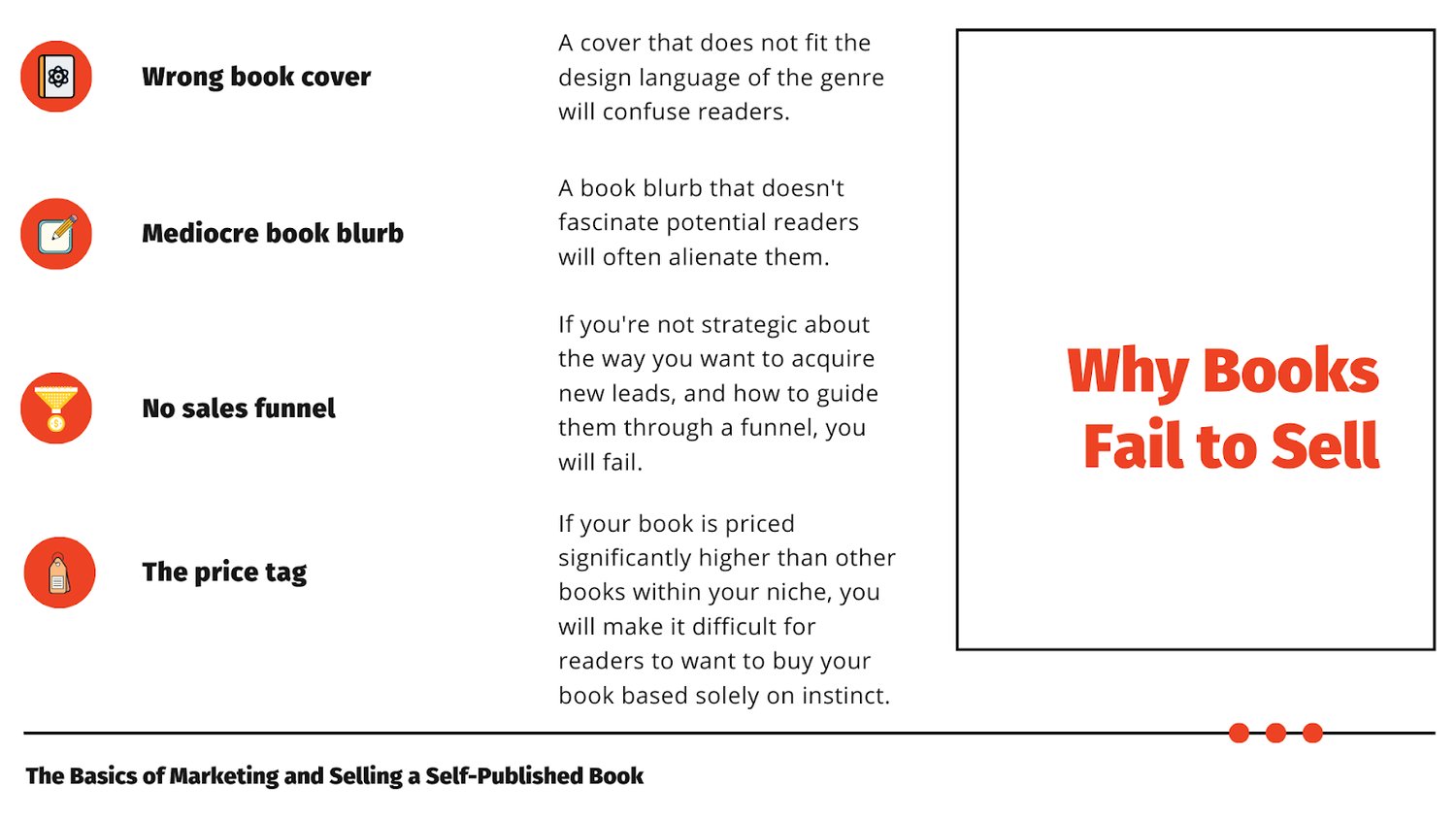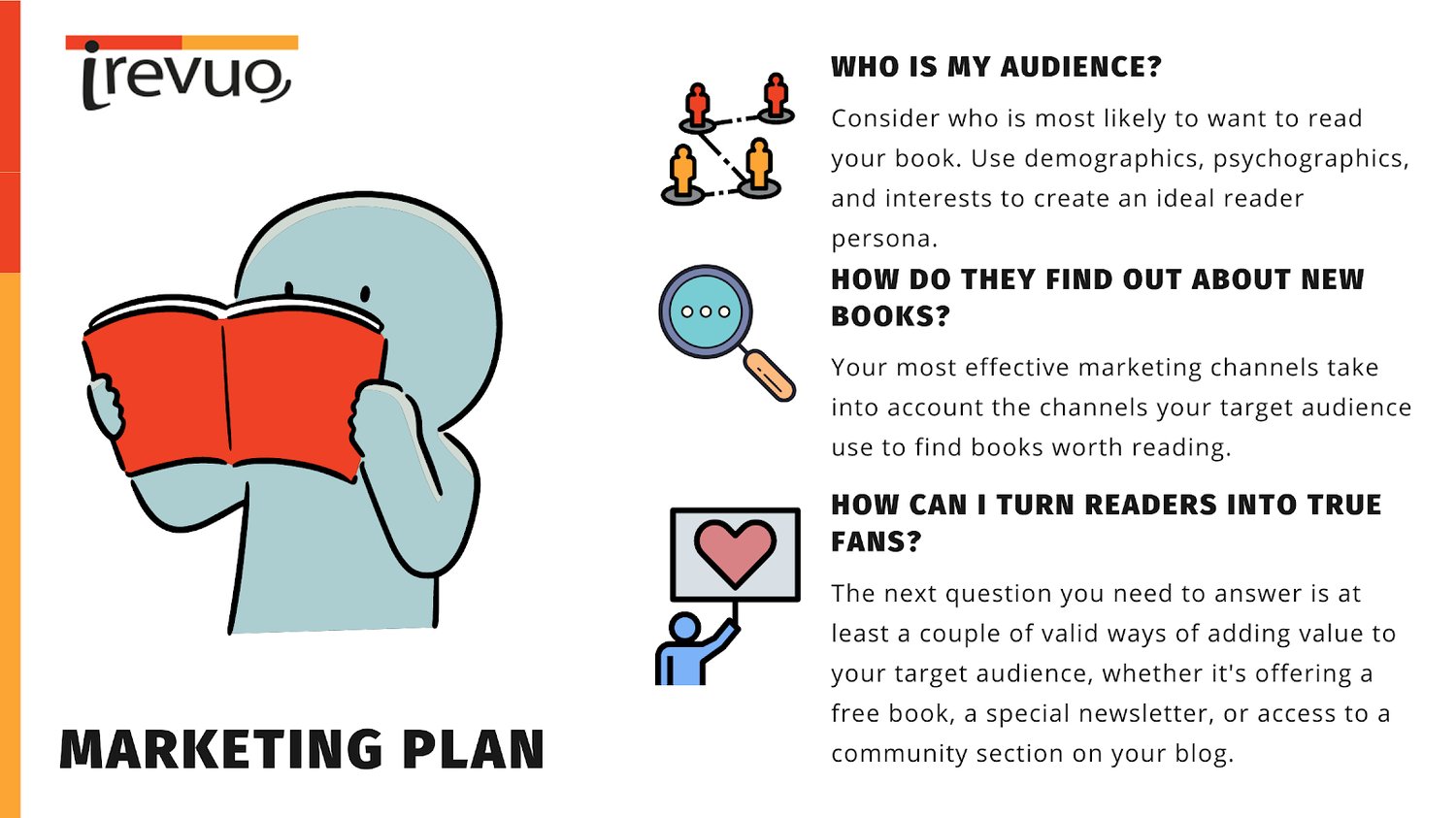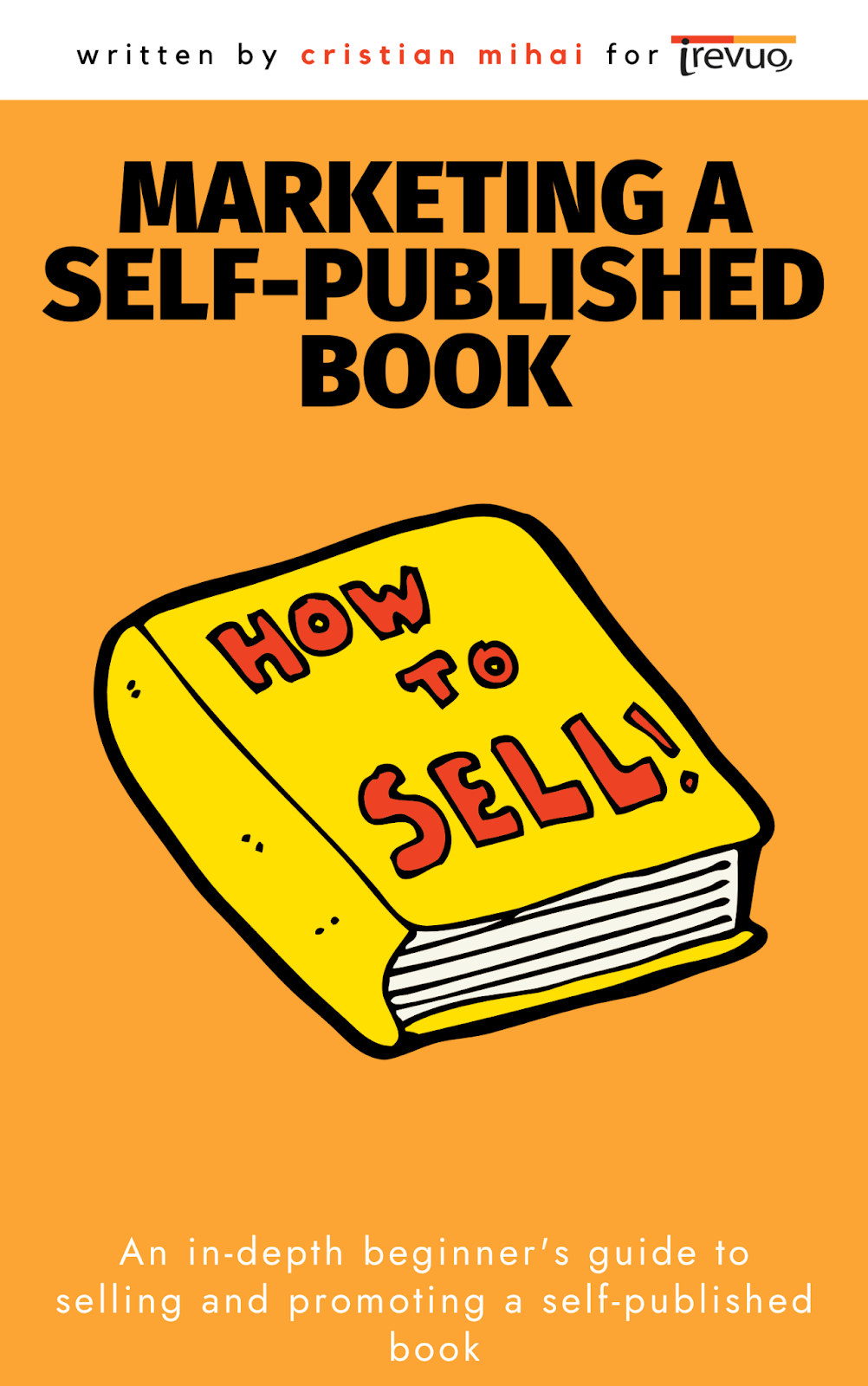We're all adrift in the self-publishing sea, aren't we? Unseen voices fighting for a whisper of attention in the howling cacophony. Each of us with our little book-shaped rafts, screaming into the abyss, praying for a benevolent echo.
Forget the grandeur of tradition. The leather chairs in mahogany offices, dust motes dancing in the glow of a manuscript given the green light. There's no gatekeeper here. No politely dismissive rejection letters. Instead, it's you, the wild-eyed author, your book, and the Amazon wilderness.
There are no rules. You're both the creator and the destroyer. You birth a book, then drop it into a sea of silent indifference. The question then isn't if you can publish. It's if you can get anyone to care.
Welcome, then, to the jungle-gym of the mind - the gauntlet of marketing a self-published book. A place where the rubber of creativity meets the road of commerce. This isn't a factory-line process. It's not about churning out identical widgets for identical people. It's about creating resonance, bridging the gap between your mind and the reader's.
So strap in, pull up your socks, and brace yourself for the ride. It's going to be a bumpy one. This isn't a walkthrough guide, a how-to for dummies. No, this is a journey into the mindset of a self-published author. It's not just about writing the words, it's about selling the dream.
Remember, in this game of whispers, it's the mindset that shouts.
Believe in Your Book
The cornerstone to painting the town with your book? It's not your scintillating prose, your gripping plot, or your dazzling character work. Nah, it's in the marrow of your bones. It's in how much you believe in your book.
Love your literary Frankenstein. Revel in it. Remember why you stitched it together in the first place, each word a stitch, each sentence a seam. Look into the mirror of your manuscript and see the reflection of your raw, naked belief.
Break it down, this unshakable belief:
- Remember the primordial soup of inspiration that first birthed your work. The spark that ignited your imagination. Was it a song, a story, a sliver of reality that flickered in your mind? Good. Now hold it close.
- Mull over what makes your book a standout. Is it a star in a crowded galaxy, or a lone comet streaking across a dark void? What's its irresistible allure, its unique brand of magic?
- Contemplate the tale you're spinning. Not just the surface narrative, but the undercurrents too. The message hidden beneath the ink. Are you whispering secrets, or shouting revelations?
- Expand your thoughts like a universe in heat. Narrate your journey, reveal the winding path of personal experiences, the stones of social issues that shaped your writing.
No point in half measures here. This isn't about ticking off boxes on a checklist, it's about becoming the fiercest advocate of your book. After all, if you can't cheer for your creation, who will?
Reader-Centricity
Imagine yourself as a snake oil salesman, but in this game, the snake oil's the real deal. Your book isn’t just a bundle of bound pages; it's a promise, an experience, a wild ride. And that's what your readers are shelling out their hard-earned cash for.
The reader's your North Star, your guiding light. If they're not buying your book, it's not because they're slack-jawed yokels incapable of spotting a literary gem. Nah, that's just your ego talking.

What it means, more often than not, is that your marketing’s out of tune. Maybe you're playing jazz when they want rock 'n roll. The reason? You've forgotten the golden rule – the reader is always right.
So switch gears. Tune your mind to a different frequency. Understand that your role is to serve your reader, seduce them with your carefully crafted words, your meticulously planned strategies.
To do this, ask yourself:
How does my book serve my readers? What do they gain from it? What's in it for them?
While your book can get you myriad benefits, the content of the book is not for you—it’s for the reader.
Readers are the audience for the book, and they will support and share your book (which helps you) only once they’ve gotten real value from it.
Once you can pinpoint the benefit your readers will receive, you’ll see how to connect their support to your goals.
Here are some common ways authors want their book to serve their readers:
- Solve a problem. Your reader's bought your book for a reason, to fill a void, solve a puzzle. So, what's the missing piece they're searching for?
- Impart knowledge. Maybe your reader's in it for the wisdom, the information, the lessons. In this case, you're not just an author, but a teacher.
- Ignite inspiration. Perhaps your words are the spark, the catalyst, that will push your reader to new heights. Here, you're not just a storyteller, but a motivator.
- Offer a fresh perspective. Sometimes, all a reader wants is a new lens to view the world through. In this case, you're not just a writer, but a visionary.
Sure, you can pen a novel without a care for who your audience is and throw it into the Amazon wild. But if you want your book to make waves, you need an audience, and you need to understand them. So think about them, define them, and above all, respect them.
Pro-tip: Instead of focusing on selling copies of your book, focus instead on building a relationship with your readers. Engage with them on social media, respond to their emails, and listen to their feedback. When your readers feel like they have a personal connection with you, they'll be more likely to buy your book and recommend it to others.
Manage Expectations
Sure, we all harbor fantasies of waking up to overnight success, our books rocketing to the top of the charts while we sleep. But as self-published authors, our reality often looks more like Sisyphus, pushing that boulder uphill, than Cinderella at the ball.
Dare to dream, but let's deal in reality too.
- Understand the landscape. Read up on self-publishing. Get a sense of the success stories, but also the cautionary tales. Grasp the vastness of the battlefield you're stepping onto.
- Benchmark your expectations. Not against the Stephen Kings and J.K. Rowlings of the world, but against authors in similar shoes as yours. Look at their journey, their successes, their stumbling blocks.
- Define success. What does it look like for you? Is it hitting the bestseller list, or is it getting your book into the hands of a few hundred readers? Be clear, be specific, and make it achievable.
- Develop a contingency plan. What if your book doesn't take off as expected? Do you have a plan B? Think about alternative strategies, different marketing angles.
A book is a beautiful thing, a slice of your soul bound between two covers. It can open doors, illuminate minds, touch hearts. But it's not a magic wand. It doesn't guarantee fame or fortune. And that's okay. Understanding and managing your expectations can free you to focus on what truly matters: the art and joy of storytelling.
Embrace Self-Promotion
As a self-published author, self-promotion is essential. You've already taken the first step in promoting your book by publishing it. However, you can't expect readers to just stumble upon your work. It's important to actively promote your book to get it in front of potential readers.
Here are some ways to become more comfortable with self-promotion:
- Start small: Begin your promotional journey within your comfort zone. Share your book with your inner circle, whisper about it on social media. As the echo grows, so will your confidence.
- Practice your pitch: This isn't a rambling soliloquy, but a quick jab to the reader's curiosity. Master it until it becomes an extension of your book, ready to be unleashed at a moment's notice.
- Focus on the benefits: Sell the sizzle, not the steak. Instead of crowing about your book, highlight the treasures it holds for the reader. What can they gain from it? How will it entertain or enlighten them?
- Collaborate with others: Find strength in numbers. Team up with other authors, industry professionals. Sharing the spotlight doesn't dim your shine, it multiplies it.
- Remember your why: Remember the why that fueled your writing journey. It’s your beacon, your lighthouse in the choppy waters of self-promotion.
Self-promotion isn't about shouting your name from the rooftops. It's about letting potential readers know that somewhere in the wild, wild Amazon, there's a book that holds a promise for them. Yes, it might be uncomfortable, but hey, growth always is. But by shedding your inhibitions and embracing the hustle, you pave the way for your book to find its rightful place in the hearts of readers.
You Need a Plan of Action
You see, the literary world is as vast as it is chaotic. A million paths sprawl in every direction, leading you down rabbit holes of endless tweeting, blogging, shouting into the void. You can spend a lifetime scrambling up the wrong hills, your book lost in the cacophony of "Buy my book" tweets.
This is where your battle plan - the 'marketing plan' - strides in. It's the compass to navigate this labyrinth, a torch cutting through the marketing fog.

A written plan builds your confidence and increases peace of mind because you know what you’re going to do beforehand. Everything is stored in one central document that is easy to follow. Plus, if you have a team or decide to hire freelancers to assist with your promotional efforts, a written marketing plan keeps everyone on the same page.
Know Thyself
Self-publishing a book is a challenging task that requires a lot of effort and dedication. It's about understanding your strengths, weaknesses, drives, limits, and how these can shape your voyage into the self-publishing universe.
Here are some tips on how to know yourself better:
- Understand your strengths and weaknesses: Your strengths are your sails, your weaknesses, the storms you need to navigate. List them down, acknowledge them, work with them.
- Reflect on your motivations:What pushed you to write? What drives you to sell? Understand the passions that fuel your journey. They are your lodestars, guiding your marketing narrative.
- Respect your limitations. Know when to ask for help. Outsourcing doesn't equate to failure. It's merely understanding that some battles are best fought with allies.
Be Persistent
Yes, marketing a self-published book is a marathon, not a sprint. Instant gratification? Sorry, wrong address. But persistence? That's where the magic happens.
Here are some ways to be more persistent when marketing your self-published book:
- Keep the faith, keep promoting. If your book isn't making waves yet, don't sweat it. Just keep on rowing. Experiment with marketing strategies. Play around. See what sticks.
- Buckle up for the bumpy ride. Feeling disheartened? That's okay. But don't let it derail you. Remember, success is merely failure that refused to quit.
- Stay committed: Don't just promote, engage. Connect with your readers, be a consistent presence in their world. This isn't a one-and-done deal, it's a relationship. And it takes time and effort to nurture it.
By embracing persistence and staying committed to your book marketing efforts, you can successfully promote your work and reach a wider audience. Remember that it takes time, effort, and creativity to build a strong author platform, but with the right mindset, you can achieve your goals and share your story with the world.
Self-publishing a book is like solving a Rubik's cube while blindfolded. It's challenging, it's grueling, it's disorienting. But by knowing yourself, embracing persistence, and being open to the journey, you're not just selling a book, you're weaving a legacy.




Comments ()